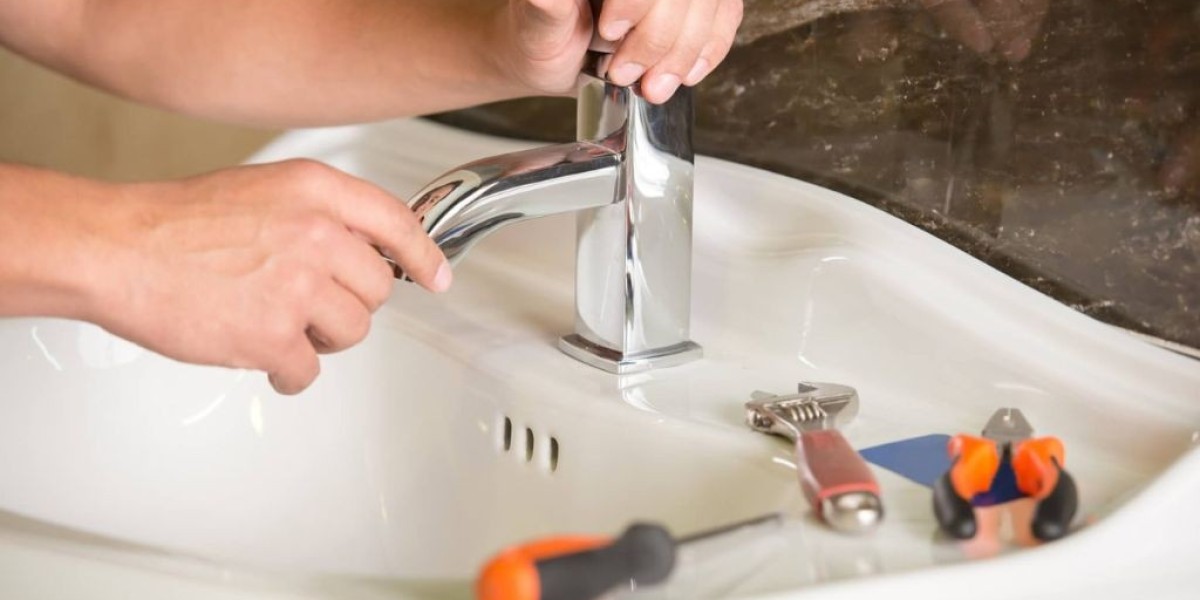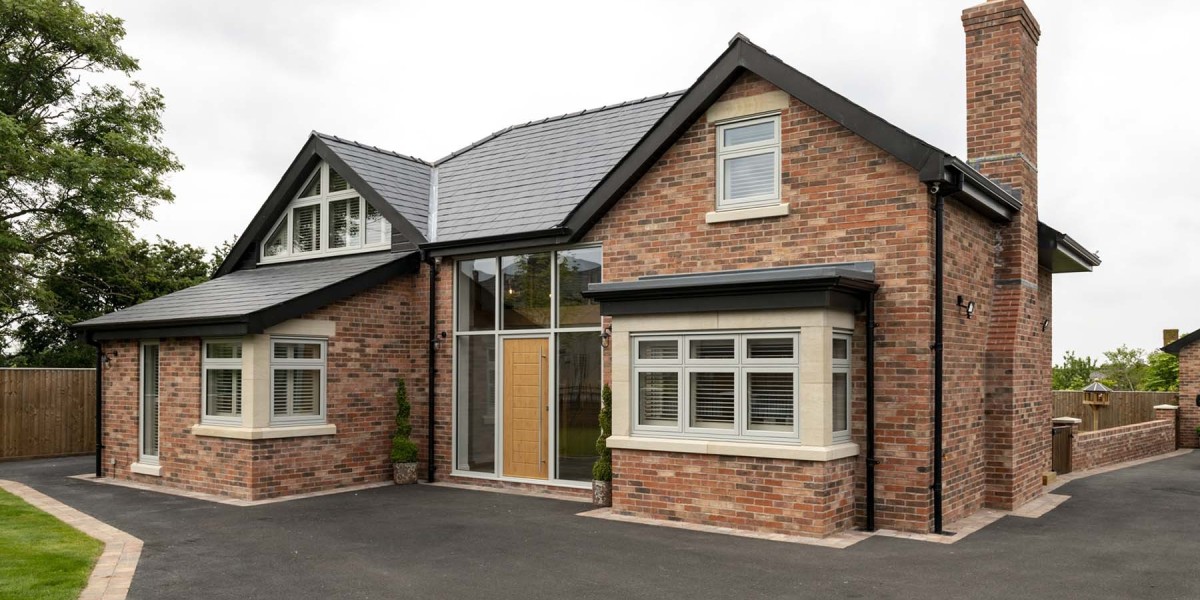A well-functioning tap is essential for daily household activities, from washing dishes to filling up a glass of water. However, over time, taps can develop issues that affect their efficiency and usability. While some problems can be fixed with minor repairs, others indicate that a complete replacement is necessary. Ignoring these signs can lead to wasted water, increased utility bills, and even potential damage to your plumbing system. Understanding the common plumbing issues that signal the need for a new tap can help homeowners take timely action and maintain a hassle-free water supply.
Persistent Leaks and Dripping Water
One of the most obvious signs that a tap needs replacement is constant leaking. A dripping tap may seem like a minor inconvenience, but over time, it can waste a significant amount of water and increase your utility costs. Leaks often occur due to worn-out washers, damaged seals, or faulty internal components. While replacing washers or tightening connections may provide a temporary fix, persistent leaks suggest that the tap has deteriorated beyond repair. If your tap continues to drip despite multiple repair attempts, replacing it with a new, efficient model is the best solution.
Difficulty Turning the Tap On or Off
A tap should operate smoothly, allowing users to control water flow with ease. If you find yourself struggling to turn the tap on or off, it could be due to internal corrosion, mineral buildup, or worn-out mechanisms. Over time, taps can become stiff or unresponsive, making it difficult to regulate water pressure. This issue is particularly common in older taps that have been in use for several years. Instead of forcing the handle, which can cause further damage, consider upgrading to a modern tap with improved functionality and ergonomic design.
Rust and Mineral Deposits
Visible signs of rust, grime, or mineral deposits around the tap indicate that it may be nearing the end of its lifespan. Hard water can cause mineral buildup, leading to blockages and reduced water flow. Rust, on the other hand, weakens the tap’s structure and can contaminate the water supply. If cleaning the tap does not resolve the issue, replacing it with a corrosion-resistant model is a more effective long-term solution. Stainless steel or brass taps are excellent choices for durability and resistance to rust.

Unusual Noises When Using the Tap
A properly functioning tap should operate quietly. If you hear whistling, screeching, or banging sounds when turning the tap on or off, it could be a sign of internal damage or pressure irregularities. These noises often result from loose components, worn-out washers, or air trapped in the pipes. While some issues can be resolved by adjusting the water pressure or replacing small parts, persistent noises may indicate that the tap is no longer functioning efficiently. Installing a new tap can eliminate these disturbances and restore smooth operation.
Inconsistent Water Flow and Pressure Issues
A tap should provide a steady stream of water without interruptions. If you notice fluctuating water pressure, sputtering flow, or irregular spray patterns, it could be due to a clogged aerator or internal damage. While cleaning the aerator may temporarily improve water flow, persistent pressure issues suggest that the tap is deteriorating. Low water pressure can also result from leaks within the tap, reducing efficiency and increasing water wastage. Upgrading to a new tap with a high-quality aerator can enhance water flow and improve overall performance.
Frequent Repairs and Maintenance
If you find yourself constantly repairing the same tap, it may be more cost-effective to replace it altogether. Repeated fixes can add up in terms of time and expenses, making a new tap a smarter investment. Modern taps are designed with advanced technology, offering improved durability and efficiency. Instead of dealing with ongoing maintenance, installing a new tap can provide long-term reliability and peace of mind.
Outdated Design and Poor Aesthetic Fit
While functionality is the primary concern, the appearance of a tap also plays a role in kitchen and bathroom aesthetics. If your tap looks outdated, mismatched, or worn out, replacing it with a stylish, modern design can enhance the overall look of your space. Newer models come with sleek finishes, touchless features, and water-saving technology, making them both visually appealing and practical.
Conclusion
Recognizing the signs that indicate the need for a new tap can help homeowners avoid plumbing issues and maintain a reliable water supply. Persistent leaks, difficulty in operation, rust buildup, unusual noises, inconsistent water flow, and frequent repairs are all indicators that a tap has reached the end of its lifespan. Instead of dealing with ongoing problems, investing in a high-quality replacement ensures efficiency, durability, and improved aesthetics. Whether upgrading for functionality or style, choosing the right tap can make a significant difference in daily convenience and water conservation.



